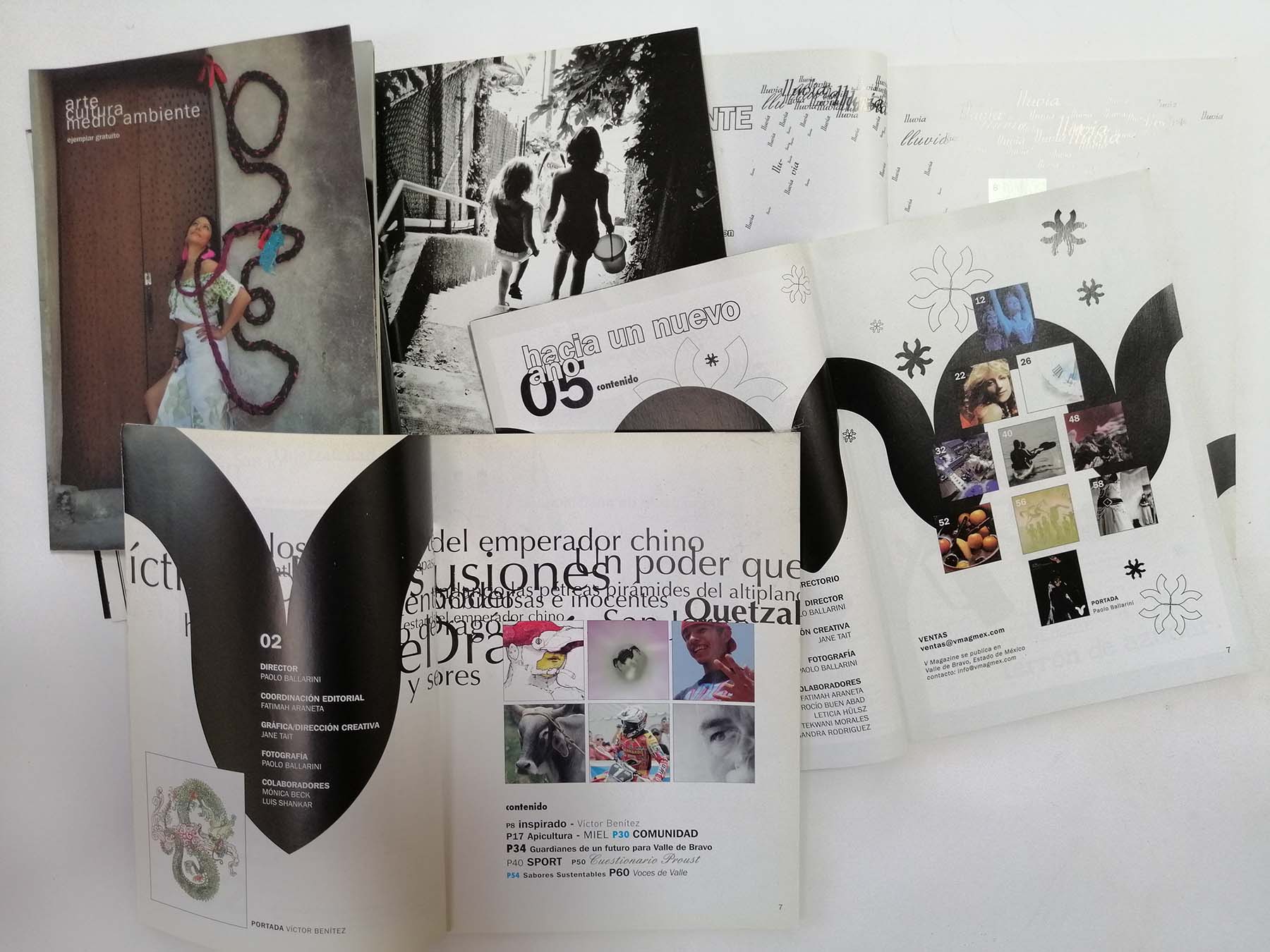Authenticity in Graphic Design
Being authentic in graphic design means creating work that’s original, yes, but also work that’s true to our own values, and most importantly work that is truly aligned with the project’s core identity and message. It’s a high bar. How do we do it?
How we approach the needs of the client or project is top of the list. We need to listen, really listen, and investigate, we have to ensure that we understand our client’s vision.
It´s best to veer away from the latest trends, certainly not copying or being too heavily inspired by another designers’ work without adding our own unique perspective. It requires us to dig deep into our creative instincts, seeking out elements or symbols that truly reflect and help the subject matter. When a designer’s work is authentic, it resonates with audiences because it feels personal and thoughtful rather than being forced or superficial. There´s an element of instinct.
Authenticity in design involves a commitment to integrity and honesty. Designers are tasked with creating visuals that communicate ideas, brands, or causes, our work can persuade, and influence actions or choices, it can matter.
Authentic visuals are truthful and clear, there’s no attempt to mislead or manipulate the audience. This kind of honesty builds a connection between the viewer and the message, it builds trust.
Our own individual voice or style as designers of course is also an important ingredient to authenticity. While we can all be influenced by movements or trends, staying authentic means filtering those influences through our own unique lens. Our signature style is something that usually develops over time though, it doesn’t happen instantly, but once it forms it becomes a defining element of our authenticity. When our own voice is embraced instead of conforming to external pressures or popular styles, the work stands out and becomes more memorable.
Authenticity in graphic design means that we embrace the imperfections that appear during our creative process. Not every design will be flawless or universally liked, but authentic work doesn’t shy away from vulnerability.
Designers that are authentic are comfortable experimenting, taking risks, and learning from mistakes. They are less concerned with perfection and more focused on expressing the real essence of their ideas. This willingness to be imperfect makes their/your/our work feel more human and relatable.
Finally, and maybe most importantly being authentic in graphic design as in all areas of life means having the courage to say no when a project or direction feels inauthentic. At times we may be pressured to follow trends or asked to meet demands that may conflict with our values or creative instincts.
Authenticity requires the strength to push back, stand firm in our creative principles, making choices that are true to both us and the project.
It’s about maintaining artistic and personal integrity while delivering designs that feel genuine, purposeful, and that are at the same time aligned with the client’s core vision.





